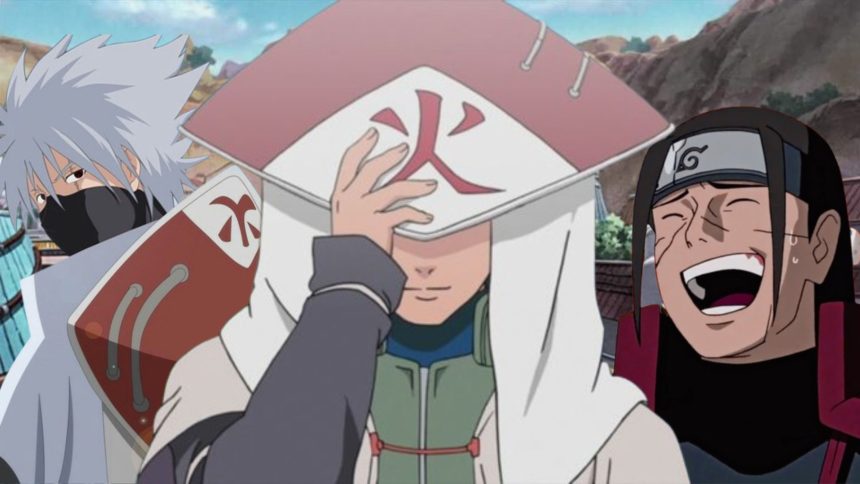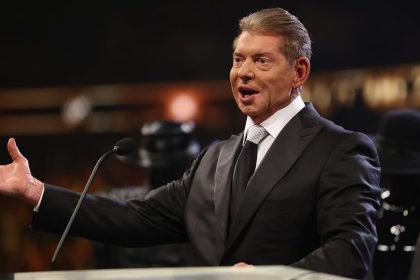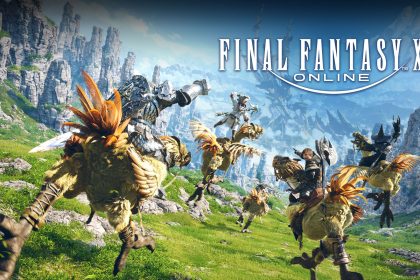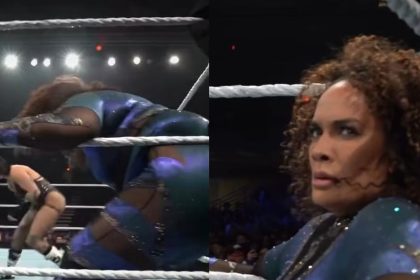Masashi Kishimoto’s Naruto stands as one of anime’s most expansive franchises, boasting a global fanbase.
With a live-action adaptation helmed by Destin Daniel Cretton on the horizon, it’s an opportune moment to enter deeper into the shinobi world.
In Naruto, the esteemed title of Hokage is reserved for only the most formidable, influential, and skilled shinobi from the Village Hidden in the Leaves.
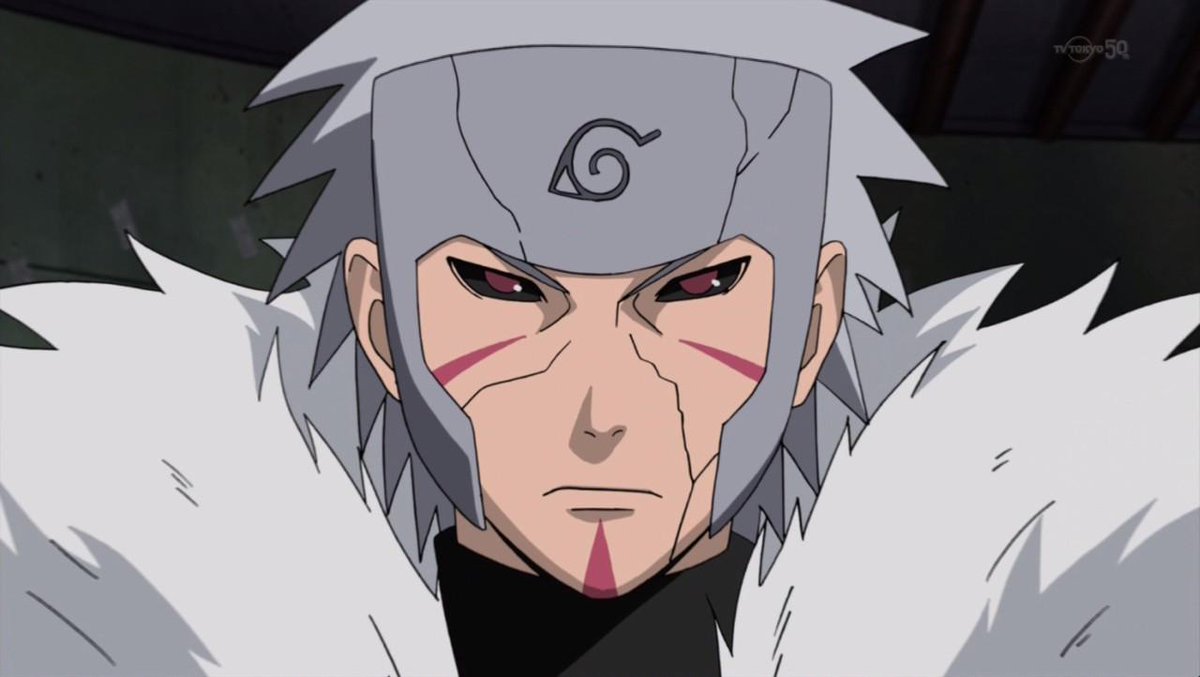
Thus, when a young Naruto declares his ambition to become Hokage, it represents one of the loftiest goals one can aspire to achieve.
The Hokage embodies the village’s guardian, serving as both its political leader and strongest defender.
Tobirama Konoha’s Formative Figure:
Throughout Konoha’s history, several ninja have ascended to the Hokage position, each leaving their unique mark on the village, making it challenging to determine the most exceptional and effective leader.
Notable figures like Hashirama Senju, the village’s co-founder, and Naruto Uzumaki, renowned as the most powerful Hokage, are often lauded as the finest leaders in Konoha’s annals.
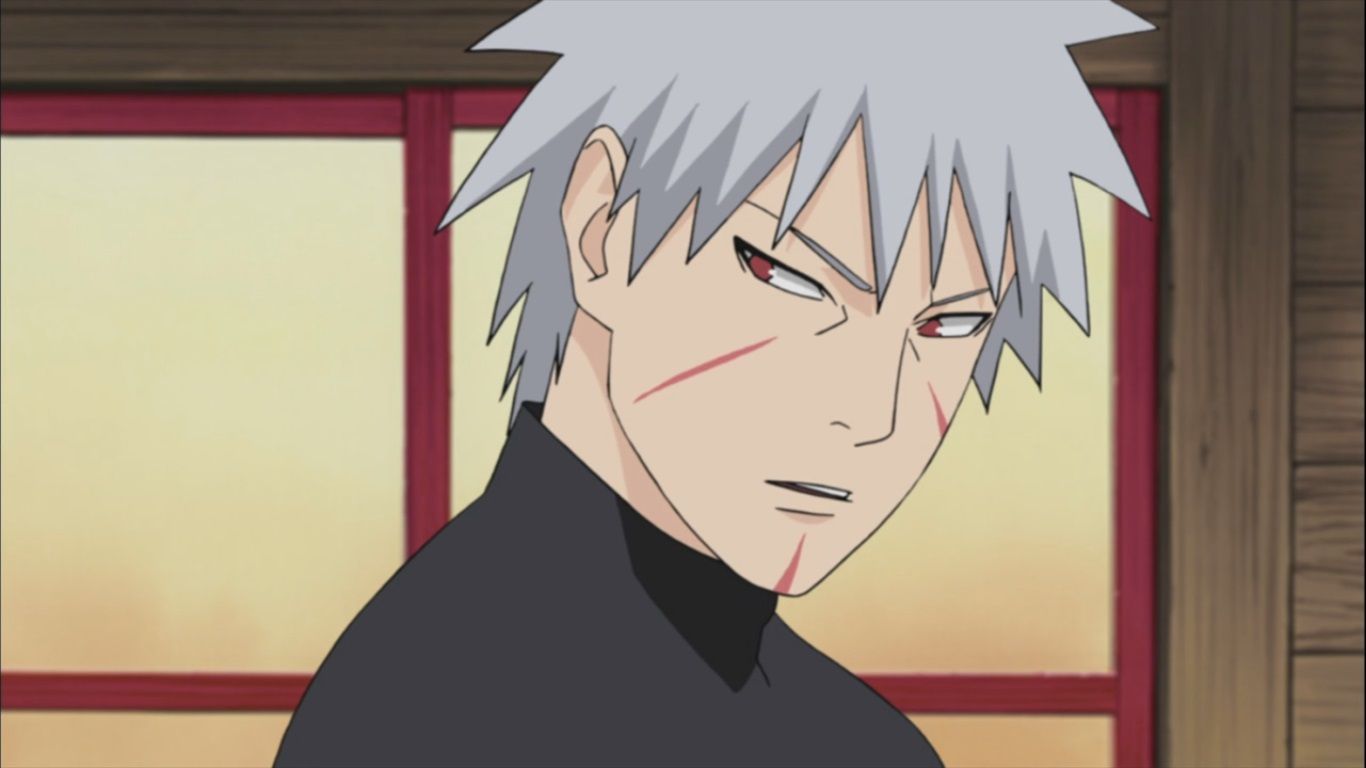
However, Tobirama Senju, the second Hokage, merits recognition as the most effective leader in Konoha’s history.
Tobirama’s influence reverberates throughout the village; he played a pivotal role in its inception and established many institutions that formed the cornerstone of Konoha’s culture and security.
While other Hokage boast more extravagant feats, Tobirama’s political acumen and systemic contributions rendered him the most impactful and influential leader Konoha has known.
Tobirama’s Role in Founding the Hidden Leaf Village Alongside His Brother Hashirama:
When examining Konoha’s origins, Hashirama Senju and Madara Uchiha often take center stage.
As leaders of their respective clans during the turbulent Warring States Period, Hashirama and Madara forged an alliance that brought stability and unity to their factions.
Yet, Tobirama, despite not being the eldest Senju, played an integral role in the village’s establishment.
Alongside Hashirama, Tobirama emerged as a crucial ally during their perilous upbringing, aiding in triumphs over formidable adversaries, including Madara’s brother, Izuna.
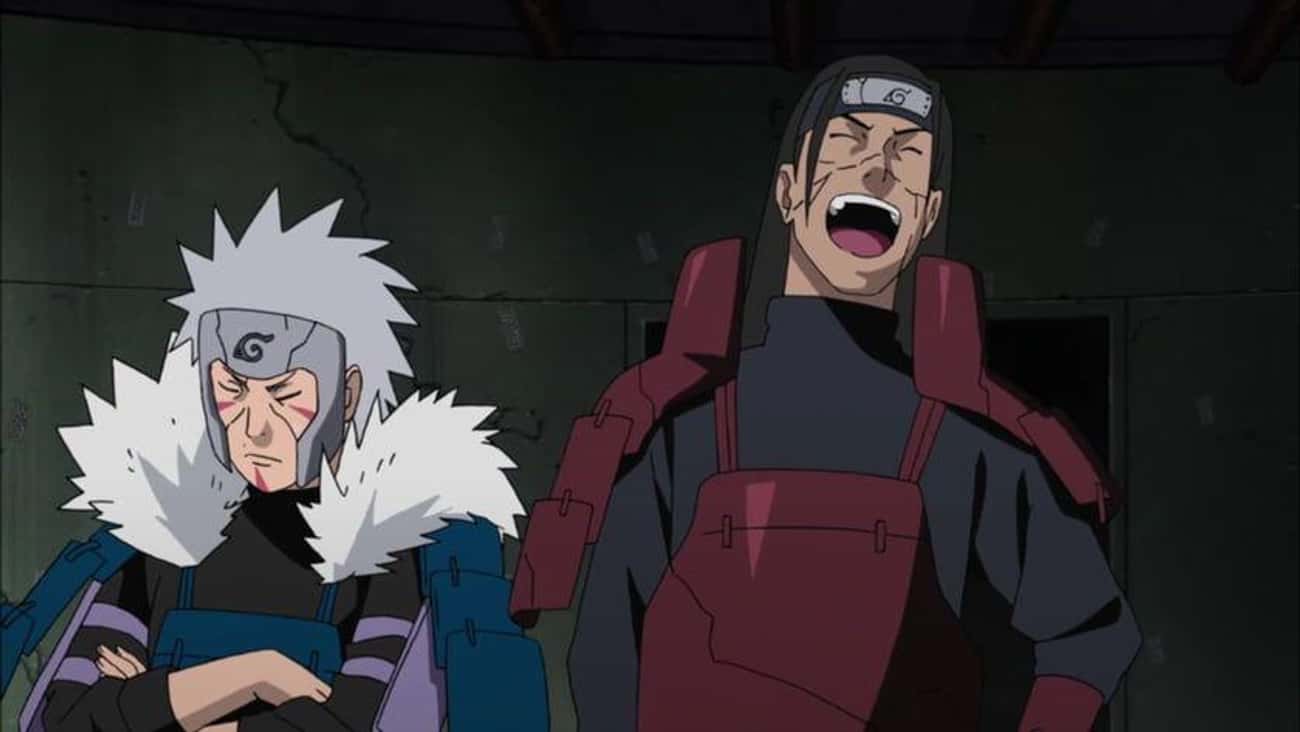
Whereas Hashirama embodied idealism and unity, Tobirama provided a pragmatic perspective, ensuring a smooth and effective transition.
While Hashirama’s gesture of goodwill in distributing the tailed beasts aimed for peace, it was Tobirama who advocated for equitable arrangements with other villages.
His realistic approach played a pivotal role in Konoha’s successful founding, balancing idealism with pragmatism.
Tobirama’s Impact on the World of ‘Naruto’:
Upon assuming the mantle of Hokage following his brother’s demise, Tobirama bolstered Konoha’s political and cultural resilience, ensuring its prosperity for generations to come.
Konoha’s establishment as the first major shinobi village set a precedent for others, showcasing the viability of the hidden village system.
Tobirama’s tenure affirmed that this system wasn’t merely an experiment but a blueprint for peace among ninja.
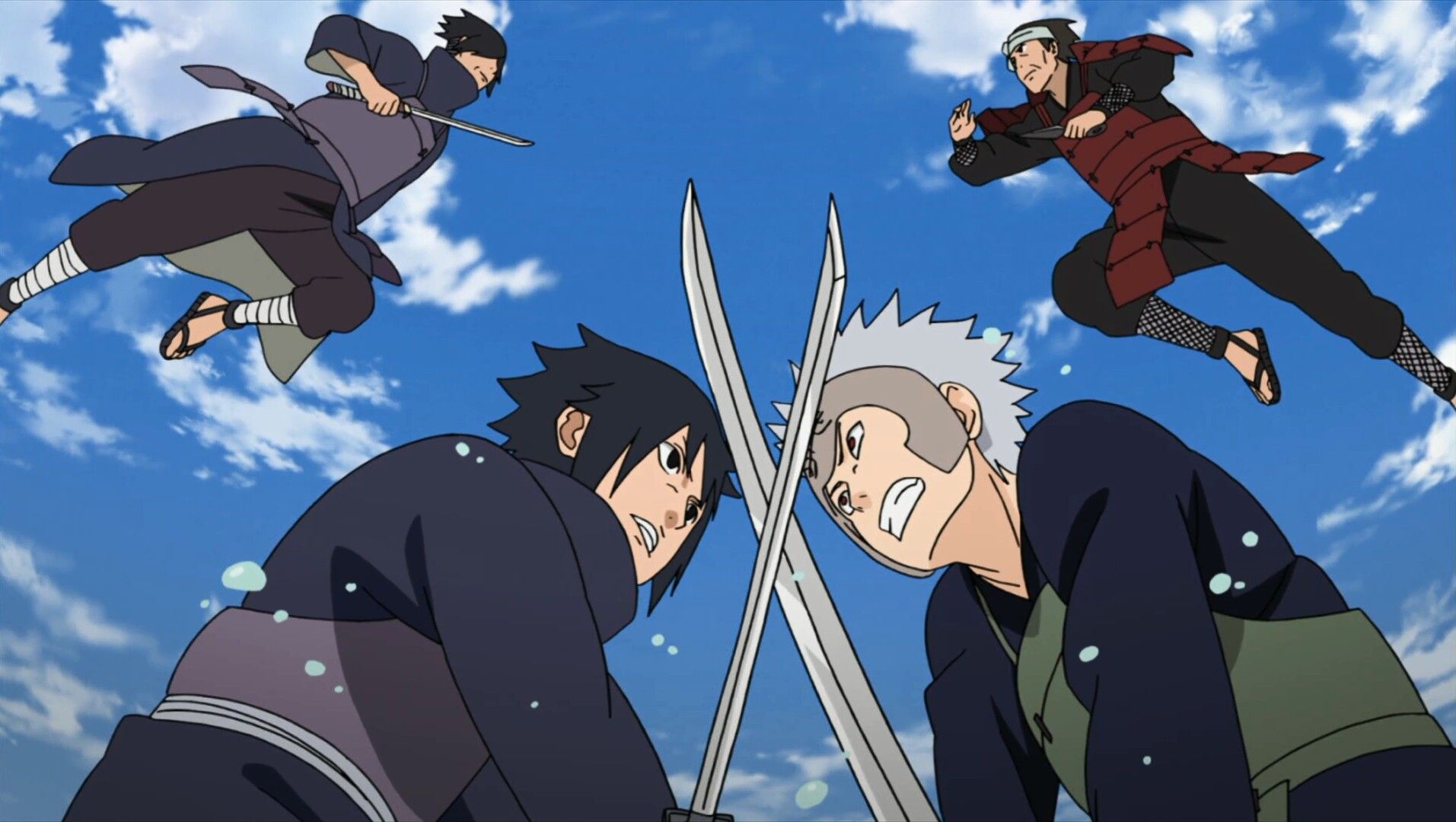
Under Tobirama’s leadership, Konoha’s culture underwent a transformative shift. He fostered a sense of unity among its diverse clans, emphasizing that all residents were part of a larger familial unit.
Tobirama’s Contributions to Konoha’s Strength and Prosperity:
This cultural cohesion, though imperfect, created a nurturing and secure environment within the Hidden Leaf.
Moreover, Tobirama laid the groundwork for essential institutions that sustain Hidden Villages.
He established the ninja academy, the Chūnin Exams, and the ANBU black ops, each playing a vital role in Konoha’s functionality.
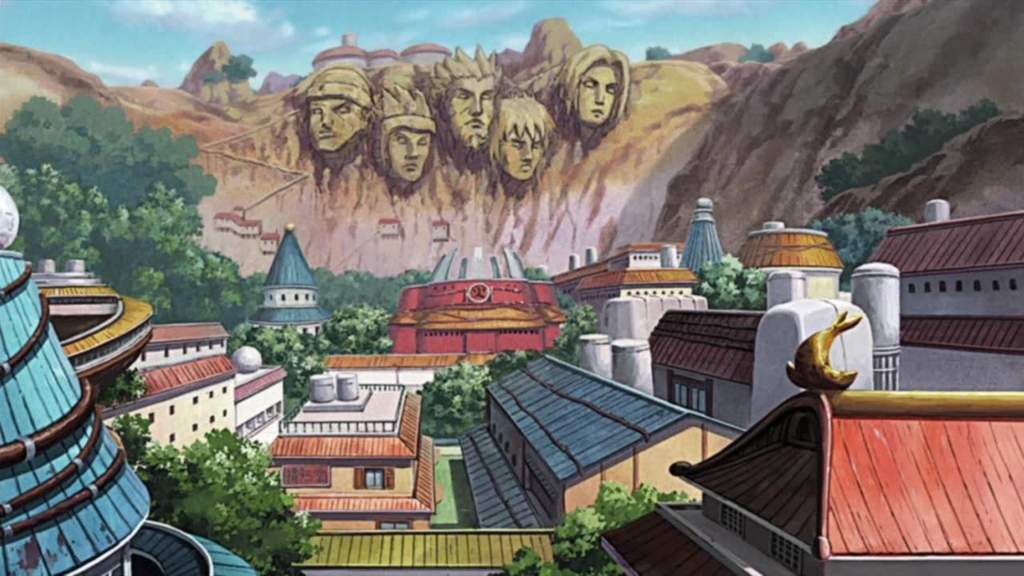
The ninja academy nurtured aspiring shinobi, allowing them to hone their skills before engaging in combat.
The Chūnin Exams served as a rite of passage, testing rookie ninja’s readiness for increased responsibilities.
Additionally, the ANBU operated clandestinely, handling the village’s most perilous missions. These institutions became pillars of Konoha’s success, ensuring its continued prosperity.
Tobirama’s Controversial Legacy:
Despite his numerous contributions, Tobirama is not without criticism. His decision to assign the Uchiha clan to the Konoha Military Police, while intended to integrate them into village affairs, inadvertently alienated the Uchiha from the rest of Konoha.
This isolation contributed to years of tension and ultimately led to an attempted coup by disgruntled Uchiha members.
Furthermore, Tobirama’s creation of the Summoning: Impure World Reincarnation technique sparked controversy.
While it yielded powerful jutsu, its misuse by rogue ninja like Orochimaru and Kabuto resulted in dire consequences.
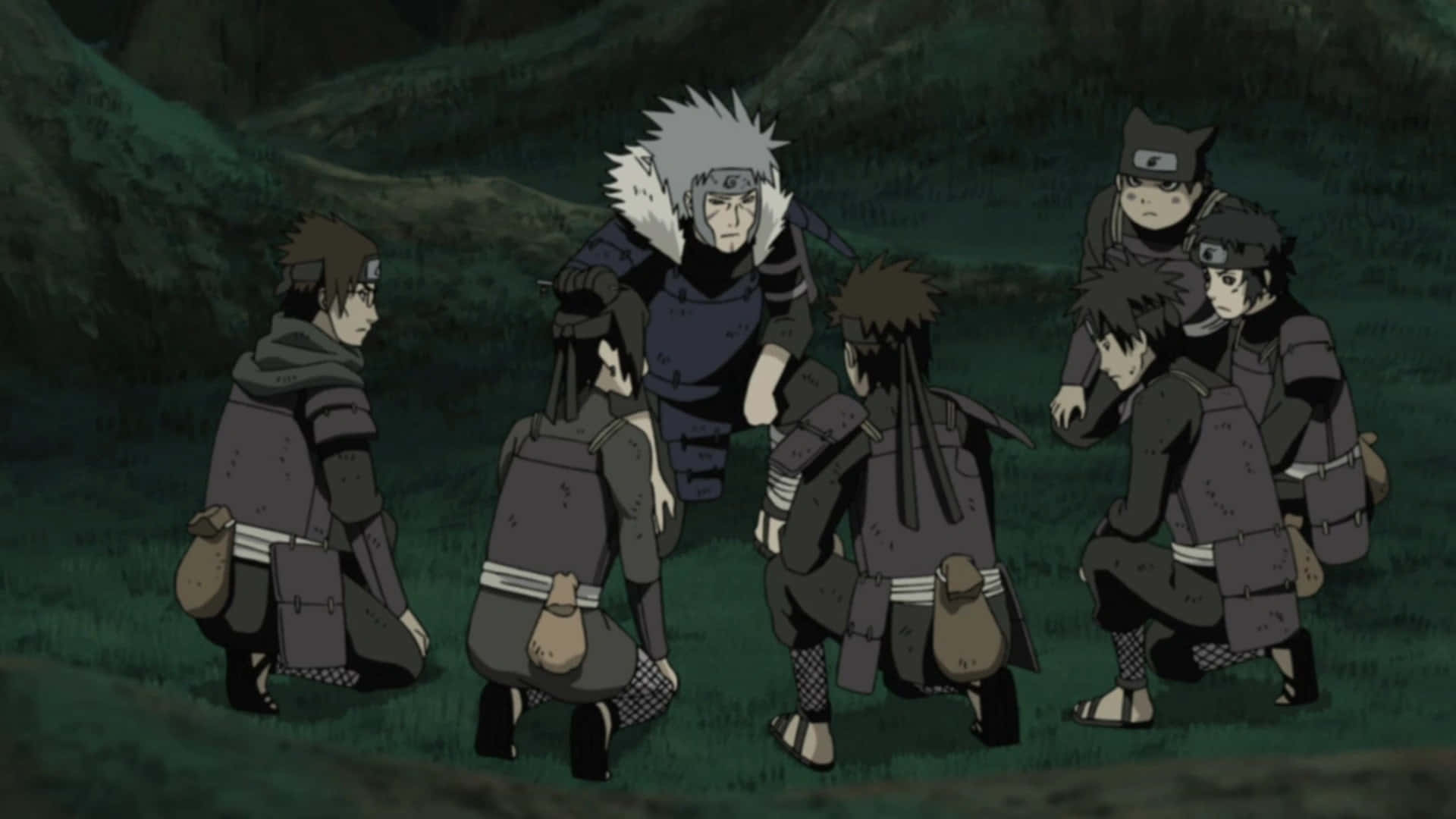
However, attributing blame solely to Tobirama overlooks the positive applications of his techniques, such as the Fourth Hokage’s use of the Flying Raijin technique to end conflicts.
Tobirama’s tenure as Hokage was marked by both triumphs and challenges. While he faced criticism for certain decisions, his enduring legacy lies in his foundational contributions to Konoha.
He solidified the village’s status as a bastion of strength and unity, laying the groundwork for future generations of shinobi. In the ever-evolving world of Naruto, Tobirama’s influence remains indelible.
Naruto is available for streaming on Hulu in the U.S.

